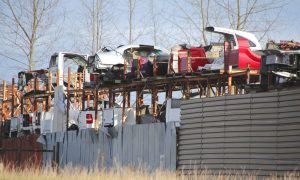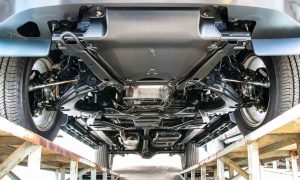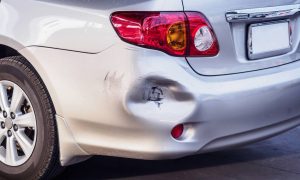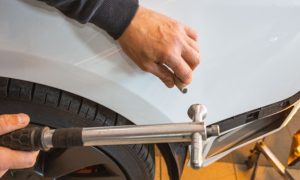Ever felt sticker shock when your car part bill arrives? I’ve been there. In this article, I’ll outline proven tactics for sourcing replacement salvage car parts at a low cost, without compromising quality. You’ll learn to tap into local yards, leverage online platforms, weigh OEM versus aftermarket savings, and even secure financing that won’t break the bank. Ready to save hundreds (possibly thousands) on repairs? Let’s get started.
Exploring Salvage Yards and Junkyards
Walking into your local salvage yard can feel like treasure hunting. Yards such as LKQ Pick Your Part or Sturtevant Auto Salvage often stock models from wrecked vehicles that still have excellent components. I once found a near-mint alternator for $40—brand new, it would have been over $200.
- First Impressions Matter: Greet the yard manager and let them know what you need. A good relationship can unlock insider deals.
- Inspect Before You Buy: Always test-fit or examine mounting points and connectors. That radiator might look fine, but warping under pressure could lead to coolant leaks.
- Barter Smartly: Many yards expect haggling. Offer cash or ask if they’ll throw in brackets or hoses at a discount when you buy multiple items.
Local junkyards can also provide low-volume or hard-to-find parts for older models. I reached out to a Chesterfield Auto Parts lot and scored a discontinued headlamp assembly for 60% off the original list price. A quick phone call saved me hours of fruitless searching online.
Leveraging Online Platforms
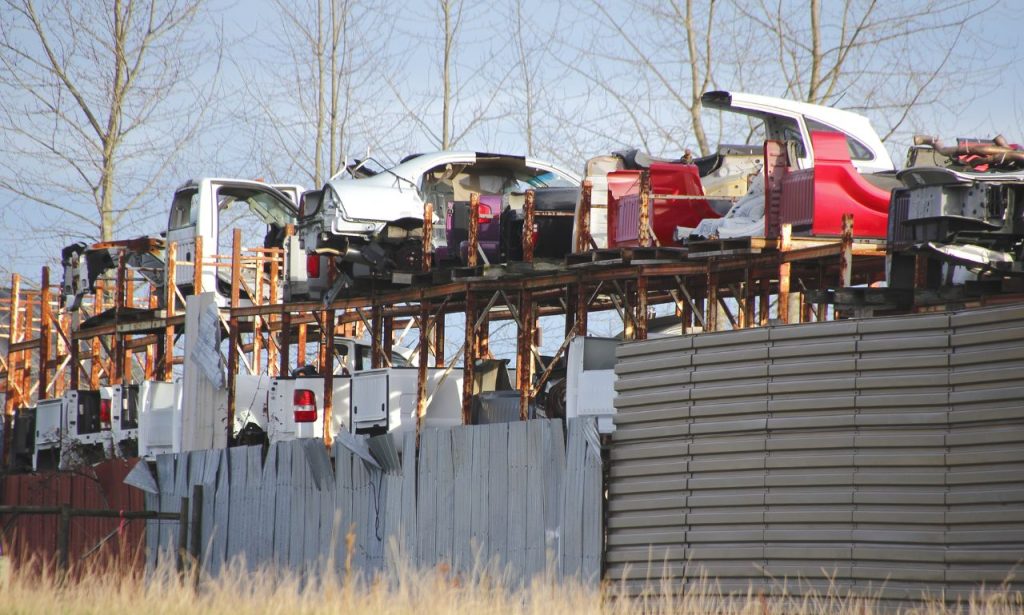
If yard hours don’t align with your schedule, the internet never sleeps. Platforms like Facebook Marketplace, eBay Motors, and Car-Part.com aggregate thousands of listings. Here’s how to navigate them wisely:
- Set Up Alerts: Use saved searches for your specific make, model, and part number. When a match appears, you’ll receive an immediate notification.
- Verify Seller Reputation: Check ratings, read reviews, and ask for clear photos. A seller with 500+ positive transactions usually delivers quality.
- Factor in Shipping: A $30 window regulator from across the country might carry a $100 shipping tag. Always compare total cost.
I once spotted an OEM air filter housing for my Subaru on eBay at half price. Shipping added $25, but the final cost of $55 was still a steal compared to the $120 dealer price.
Popular Online Marketplaces for Auto Parts
eBay Motors
eBay remains a top choice for rare and discontinued parts. Remember to bid strategically—sniping at the last second can keep prices low.
Car-Part.com
This search engine taps into over 7,500 salvage yards nationwide. You can filter by distance, price, and salvage condition. It even displays stock photos to confirm a proper fit.
Facebook Marketplace & Craigslist
Sometimes, local sellers offer parts without listing fees. That can mean extra savings if you’re willing to handle pickup.
OEM Suppliers’ Refurb Programs
Brands like Ford and Toyota offer certified refurbished parts at a discount. They offer warranties, providing peace of mind with moderate savings.
Each marketplace has its quirks. eBay’s auction style rewards patience, while Car-Part’s flat listings favor immediate purchases. Experiment and see what works for your project timeline.
Buying a Salvage Car for Parts
Sometimes, it makes sense to buy the whole vehicle. If you need multiple components—a transmission, seats, electronics—a salvage auto can net you the lot.
- Calculate Total Parts Value: Add up the going rates for each needed part. If they exceed the car’s salvage price plus towing, you’ve got a deal.
- Confirm Title Status: Ensure the salvage title is clear and transferable to the new owner. Some states have strict rebranding laws.
- Arrange Towing Smartly: A local wrecker might charge $150. Factor that into your overall cost.
I once purchased a 2004 Toyota Camry wreck for $400. The front end was toast, but interior pieces, glass, trunk latch, and suspension parts sold individually for over $1,200 total. My net cost? Under $200 after splitting tow fees with the yard.
Evaluating the Pros and Cons
Buying from salvage yards and online resellers isn’t risk-free. Here’s how I weigh options:
- Quality vs. Price: Brand-new OEM parts often carry lifetime warranties. Salvage parts may have worn—but if they pass inspection, the savings usually outweigh the small risk.
- Fitment Issues: Even same-model parts can differ by trim or production run. Always cross-reference part numbers.
- Return Policies: Many yards operate “as-is.” Confirm any return window before handing over cash.
When I bought a used ABS module once, I paid only $80. Installation failed due to coding differences. Since the seller allowed a 30-day return, I was able to exchange it at no extra cost. That policy turned a risky buy into a win.
Considering Aftermarket Alternatives
Aftermarket parts can bridge the gap between budget and reliability. Companies like Dorman and ACDelco produce components that meet or exceed OEM specs.
- Research Manufacturer Reputation: Read independent forums and review sites for real-world feedback.
- Assess Warranty Coverage: Many aftermarket brands offer 1–3 year warranties—sometimes as comprehensive as those from dealer parts.
- Compare Price Points: For example, aftermarket exhaust systems often cost 30–50% less than OEM models while maintaining similar performance.
I swapped an OEM water pump ($120) for an aftermarket equivalent ($65). It’s now two years old without issue, and I saved enough to cover my brake pad replacement.
Utilizing Online Stores
Webshops such as RockAuto, PartsGeek, and 1A Auto stock both OEM and aftermarket lines at competitive prices.
RockAuto
Known for its deeply discounted OEM inventory, RockAuto often beats dealer promos by 20–40%.
PartsGeek
Their “bargain bin” section features liquidation parts—cover these fast before they vanish.
1A Auto
Free shipping on many items, plus how-to videos, makes DIY repairs less daunting.
Before checking out, always compare the total cost (item + shipping + tax) across at least three sites. An extra ten minutes of research can net tens—or even hundreds—of dollars in savings.
Eco-Friendly and Cost-Effective Practices
Buying used parts isn’t just good for your wallet; it’s also greener. Pulling parts from salvage vehicles reduces manufacturing waste and resource consumption.
- Reconditioning Locally: Some collision shops will rebuild radiators and alternators for a fraction of the cost of new parts.
- Salvage Yards’ Recycling Programs: Many yards crush and recycle frames after parts are removed, supporting circular economies.
One time, I sourced a used catalytic converter from a local recycler for $80. The scrap metal value alone covers much of that cost if you ever part it out again.
Assessing Customer Service Quality
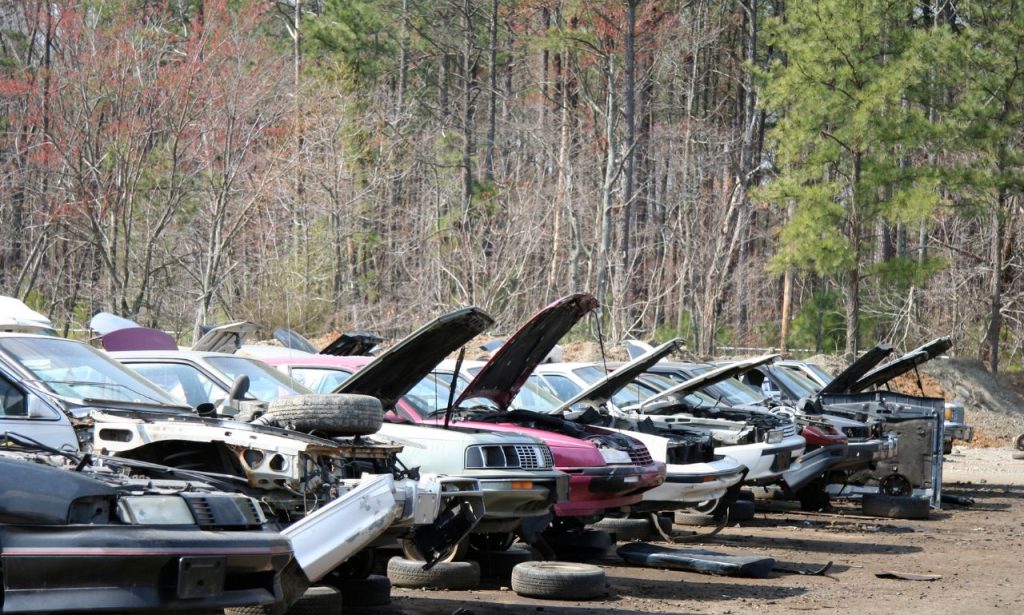
Exceptional service can make or break your sourcing experience. Good yards and online sellers:
- Respond Promptly: Quick answers to fitment questions save time and frustration.
- Offer Clear Policies: Transparent shipping, returns, and warranty terms build trust.
- Provide Technical Support: Recommendations for installation or troubleshooting reflect commitment.
I’ve bookmarked two yards whose reps answered my calls on weekends. That reliability is priceless when you’re on a tight repair schedule.
Features of Good Customer Service
- Honest Condition Reports: Photos and detailed notes help you avoid surprises.
- Flexible Pickup Options: Some yards reserve parts for up to 48 hours.
- Volume Discounts: Buying multiple items can trigger tiered pricing.
Don’t underestimate how much an extra $20 reimbursement on shipping or a free bracket can sway your final decision.
Financing Your Purchases
When even salvage parts put a strain on your budget, financing can help. Options include:
- Credit Cards with 0% Intro APR: If you can clear the balance before the promo ends, interest-free is golden.
- Buy Now, Pay Later Services: Platforms like Affirm or Afterpay allow you to split the cost over 3–6 months.
- Local Shop Layaway: Some independent yards will allow you to reserve parts with a small deposit.
I once needed a $600 transmission but only had $300 upfront. Afterpay split it into four payments, and the shop even allowed it to be held for two weeks without penalty.
Conclusion
Sourcing replacement salvage car parts at a low cost isn’t a shot in the dark. By exploring local yards, tapping into online platforms, weighing OEM versus aftermarket options, assessing service quality, and utilizing innovative financing, you can shave hundreds off your repair bills. Remember to scrutinize parts, verify fitment, and build relationships with reliable sellers. With these strategies, fixing your ride won’t empty your wallet—or your patience.
ALSO READ: How Long Does a Chevy Volt Battery Last?
FAQs
A: Inspect mounting points, connectors, and surfaces for wear. Test-fit when possible or ask for a short trial period.
A: Many aftermarket brands meet or exceed OEM specs and offer similar warranties, making them a cost-effective choice.
A: Compare the total cost (item + shipping + tax) across multiple sellers and request package dimensions or shipping quotes upfront.
A: Yes. Use 0% APR credit cards, BNPL services like Affirm, or local yard layaway plans to spread out payments.
A: Policies vary widely. Some provide 30- to 90-day warranties, while others sell strictly “as-is.” Always confirm first.

